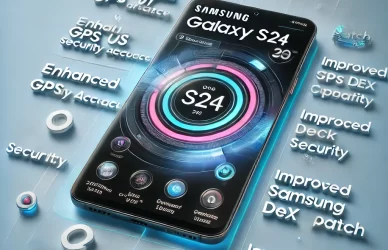iPhone 17 Slim and Galaxy S25 Slim Face Similar Challenges in Development
Apple and Samsung are both working on slim versions of their upcoming flagship devices, the iPhone 17 Slim and Galaxy S25 Slim, which are expected to launch in the second half of 2025. However, both companies are encountering similar obstacles related to the motherboard and battery that are complicating the development process.
Apple’s Progress with the iPhone 17 Slim
Apple has successfully tackled the issue of creating a thinner motherboard for the iPhone 17 Slim. However, the company now faces the challenge of reducing production costs. While Apple experimented with new battery technology to make the phone thinner, mass production concerns have led them to stick with existing battery materials.
The iPhone 17 Slim is expected to be around 6mm thick, a significant reduction compared to the 7.8mm thickness of the iPhone 16 Plus (with the iPhone 16 Pro models being even thicker at 8.3mm). The new Slim version will feature a 6.6-inch OLED display, which is slightly smaller than the 6.7-inch display on the Plus model. According to analyst Ming-Chi Kuo, the iPhone 17 Slim could account for 5-10% of iPhone shipments next year.
Samsung’s Struggles with the Galaxy S25 Slim
Samsung is also developing a slim version of its flagship, the Galaxy S25 Slim, which is set to replace the Galaxy S25 FE. This model will act as a trial design and could influence future Galaxy S26 models if it gains traction. Like Apple, Samsung is dealing with delays in mass-producing thinner motherboards due to supplier issues.
While there has been progress in developing new battery materials, Samsung has yet to confirm the final thickness of the Galaxy S25 Slim. The thinnest device in the current Galaxy S24 lineup is the standard Galaxy S24, which measures 7.6mm thick.
Conclusion: Similar Challenges for Both Companies
Both the iPhone 17 Slim and Samsung Galaxy S25 Slim are expected to launch in the second half of 2025. Despite their efforts to push the boundaries of smartphone design with thinner profiles, both Apple and Samsung are facing similar technical challenges. The outcome of these developments will determine the future of slim smartphones in both companies’ lineups.




